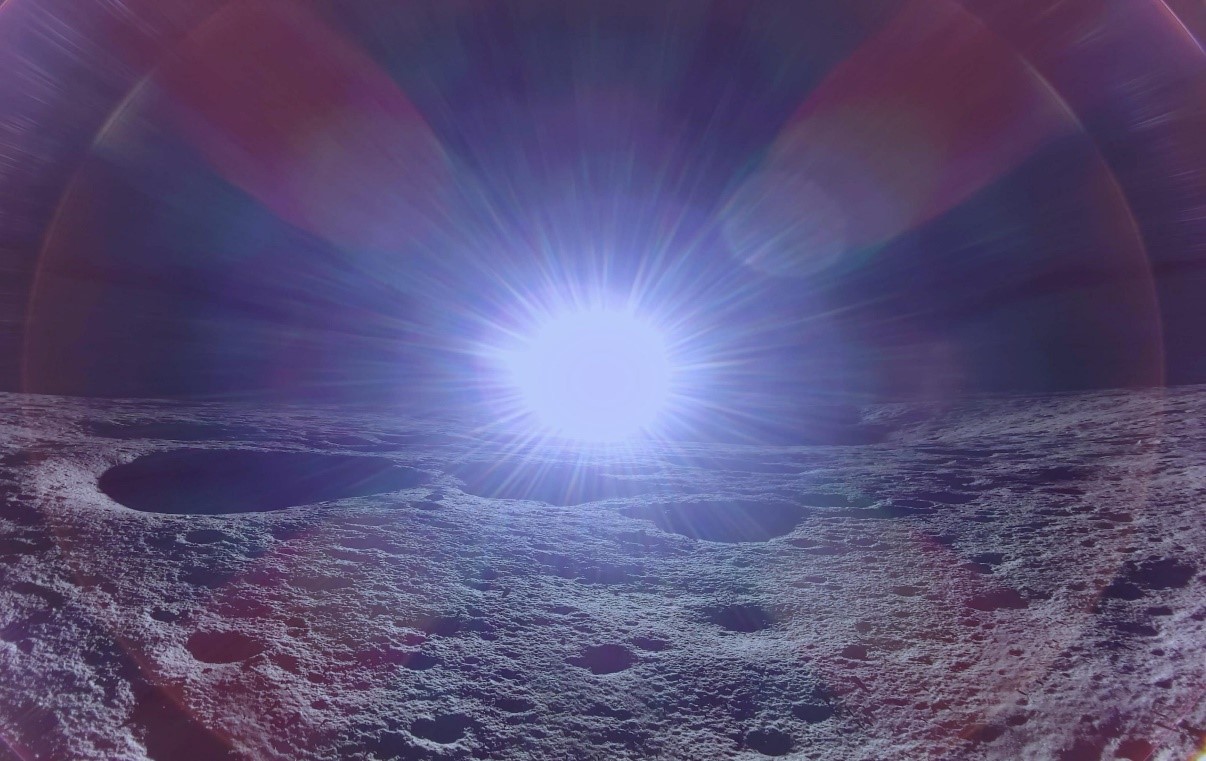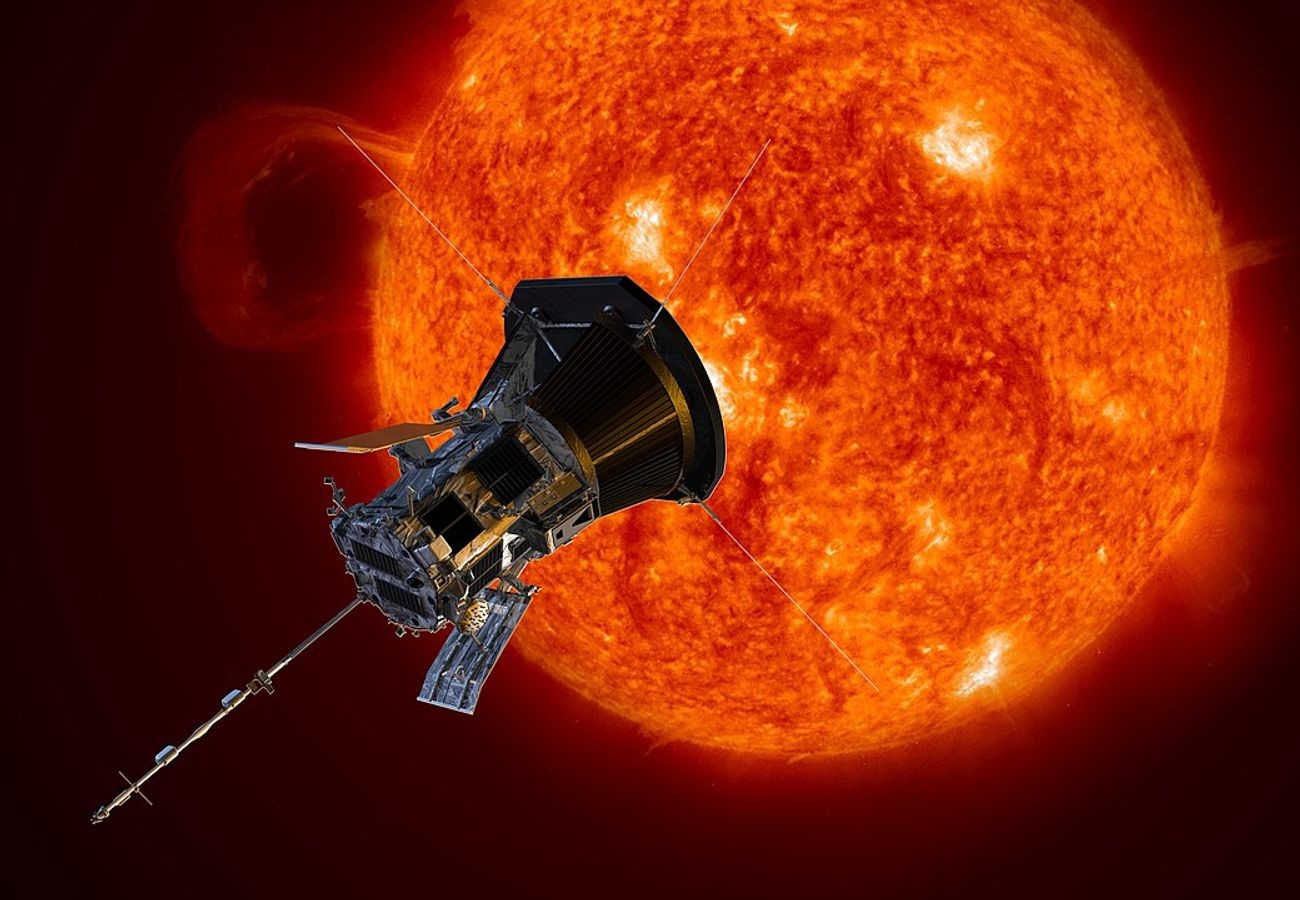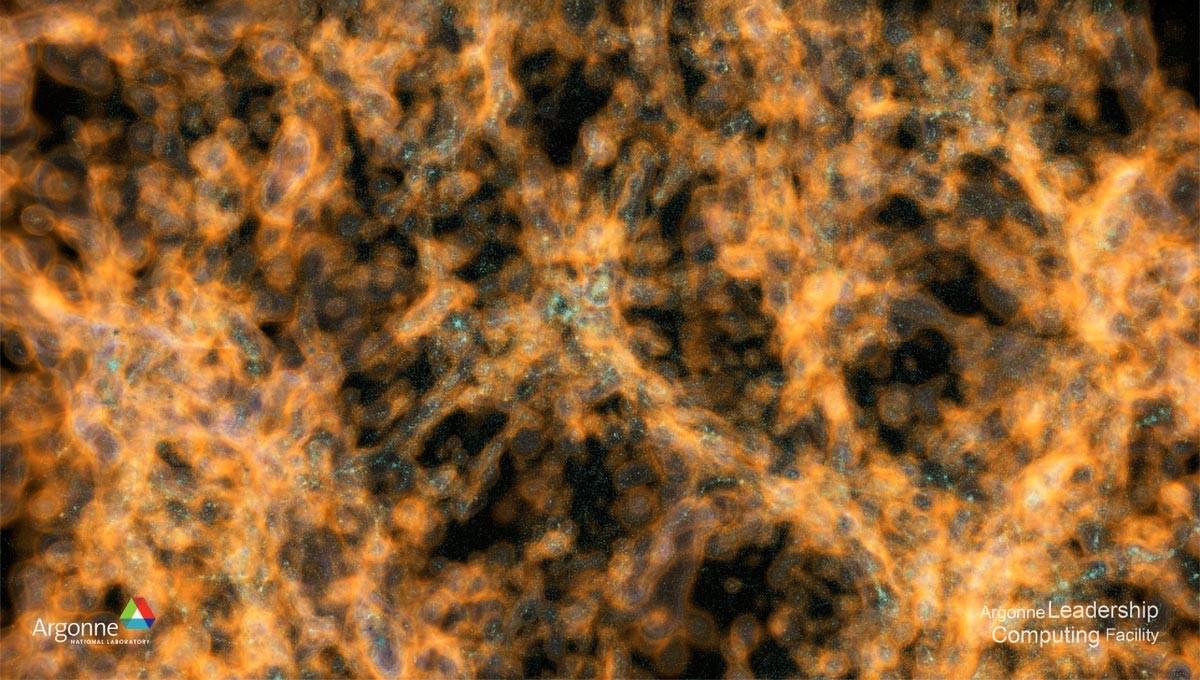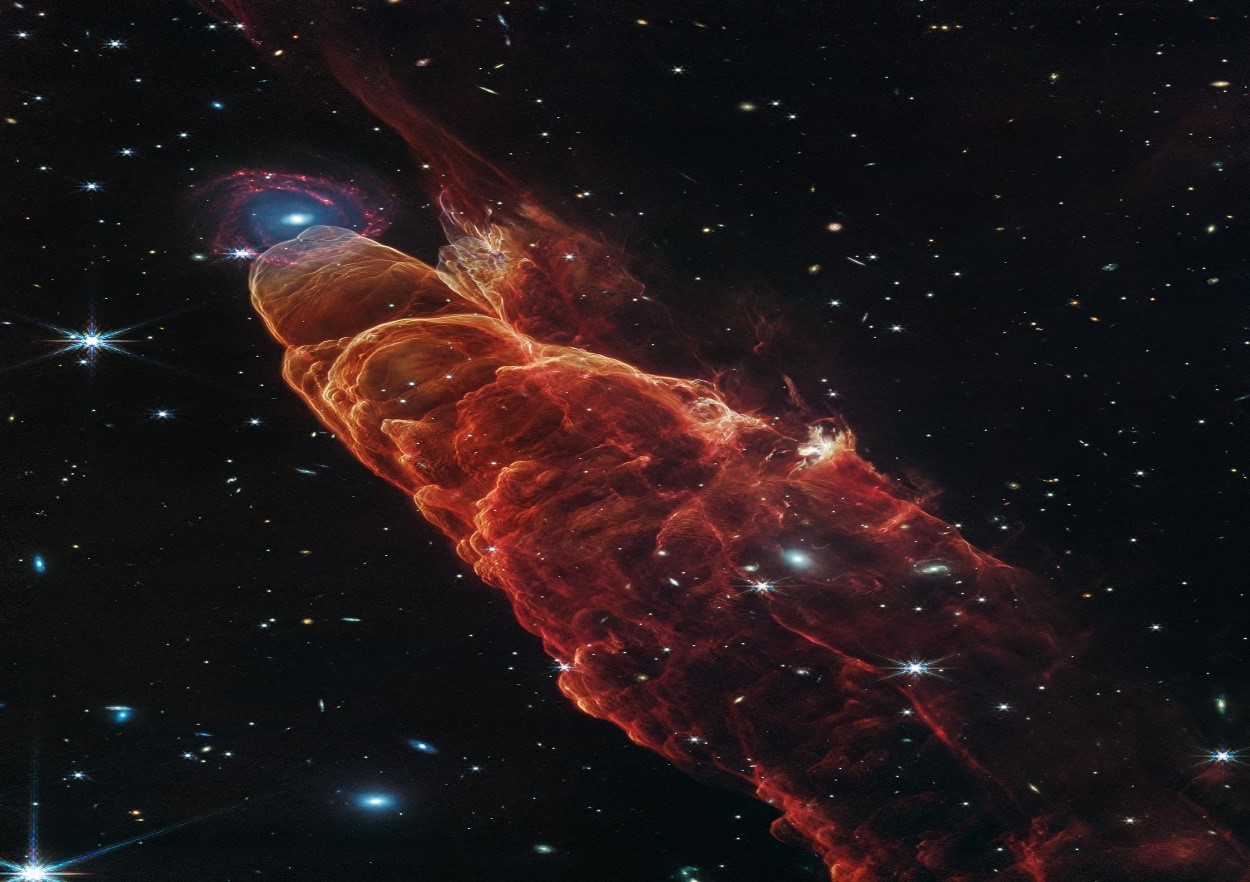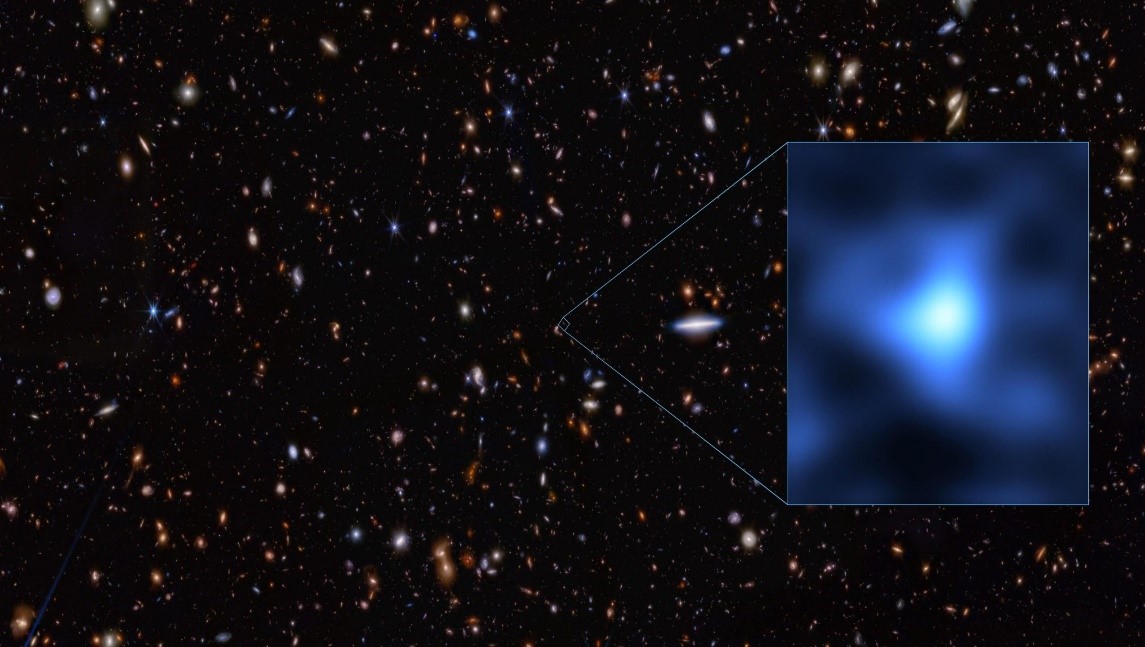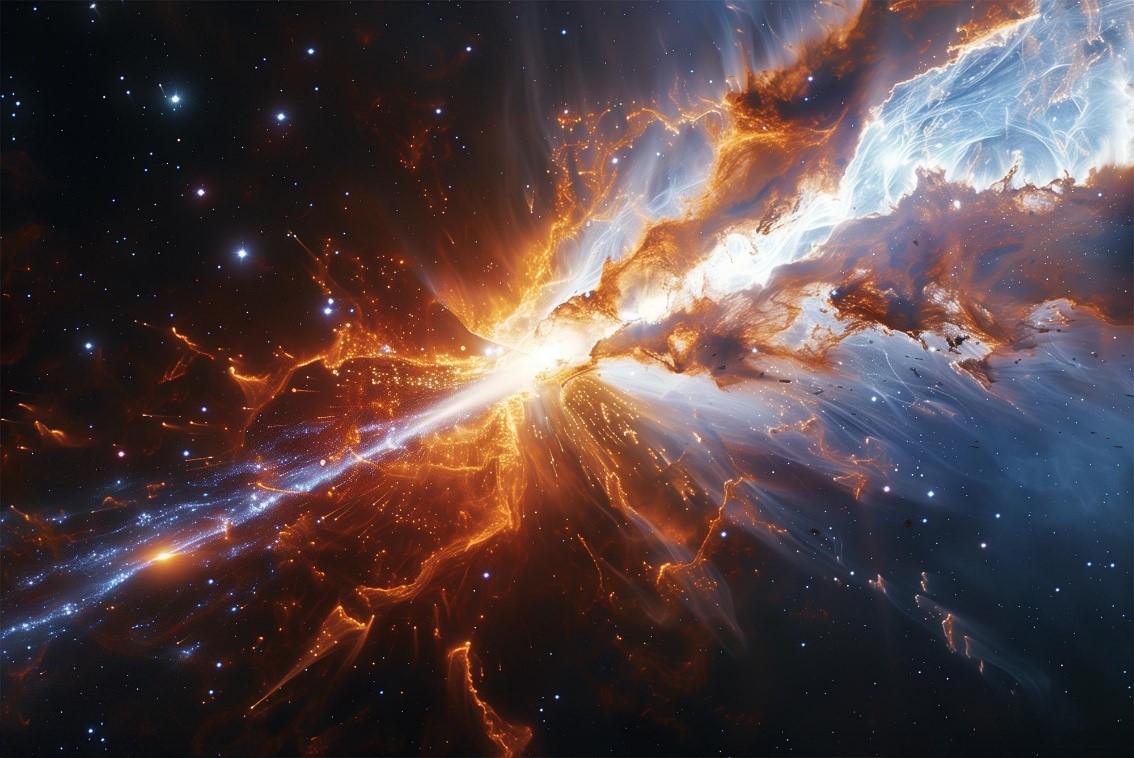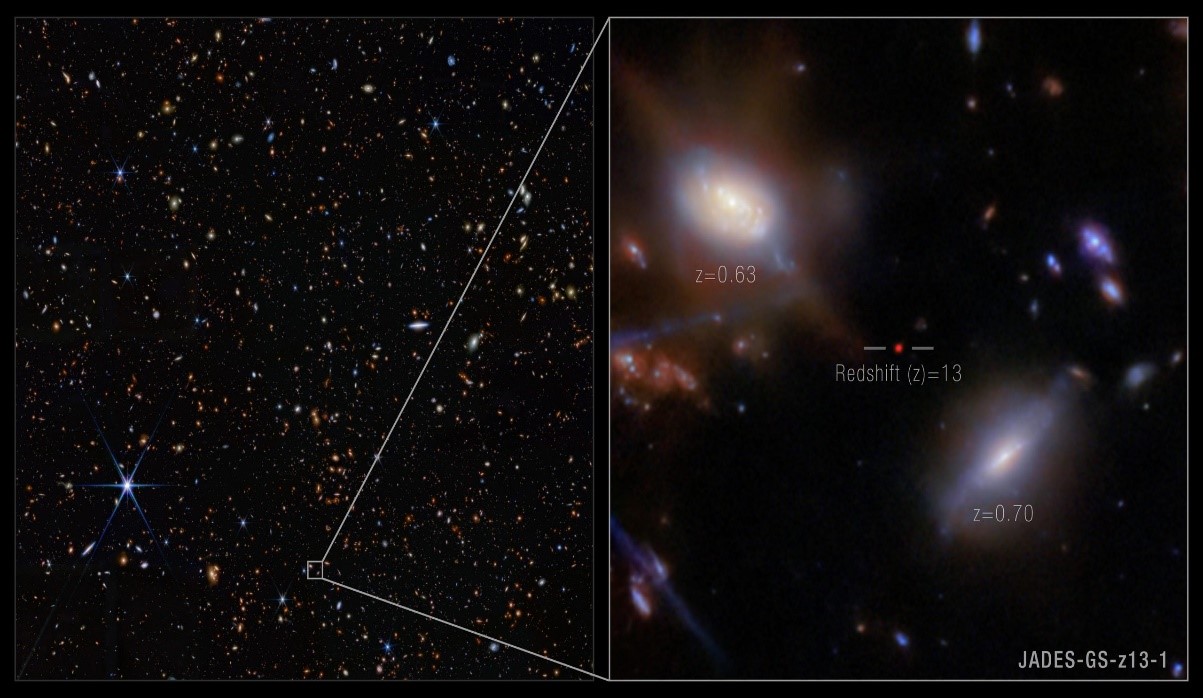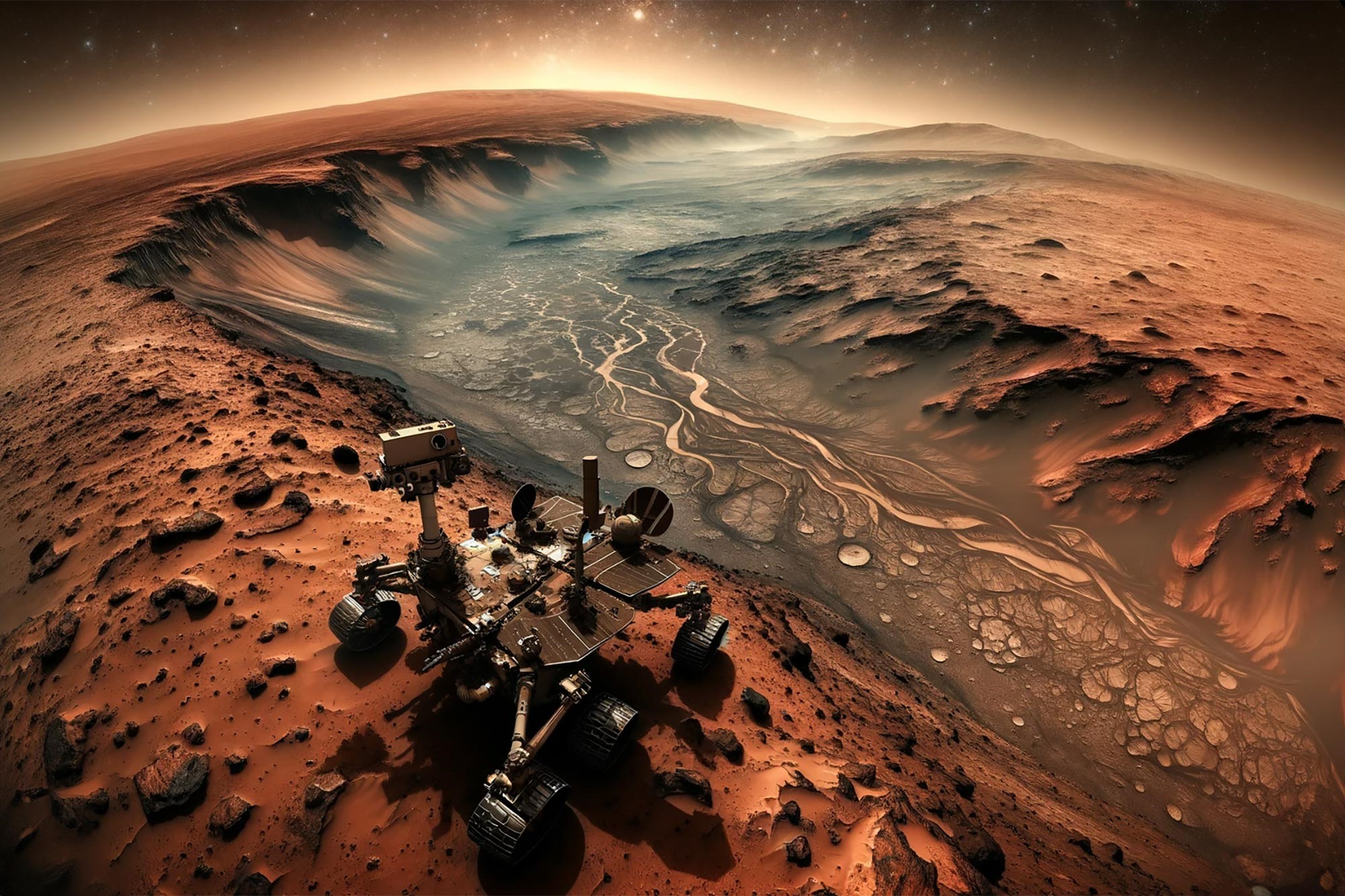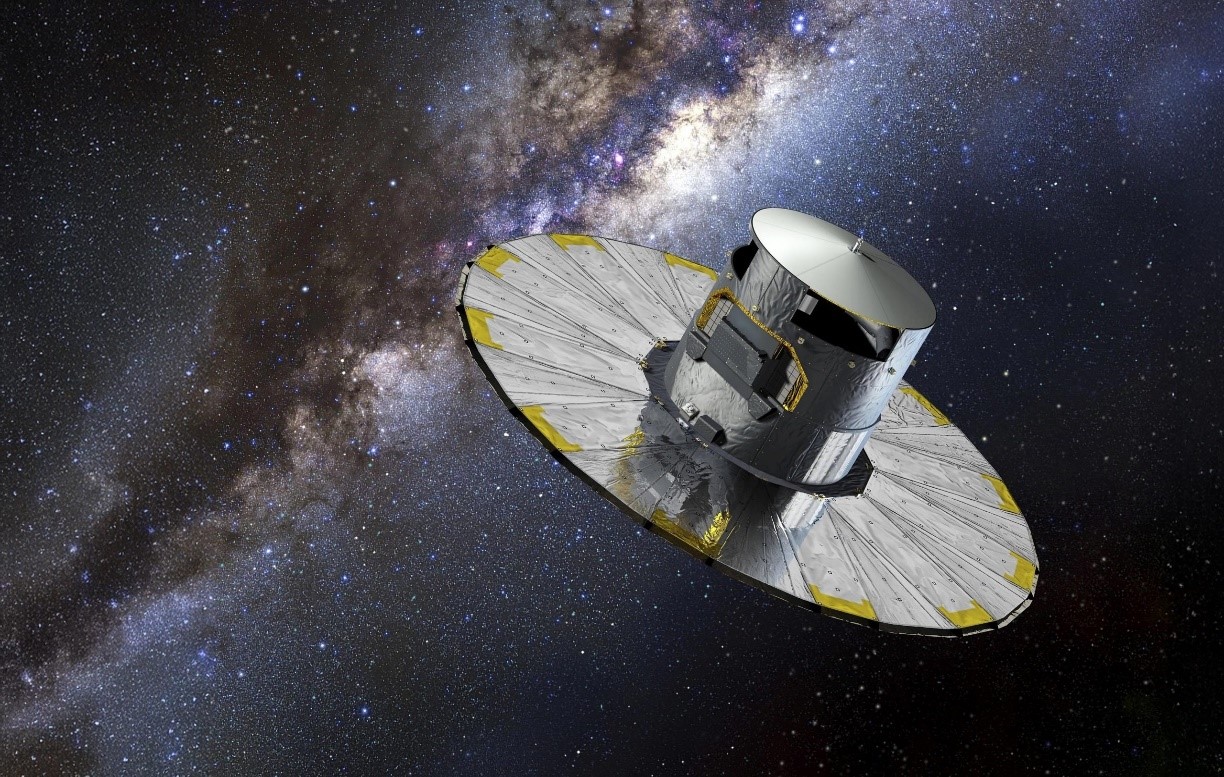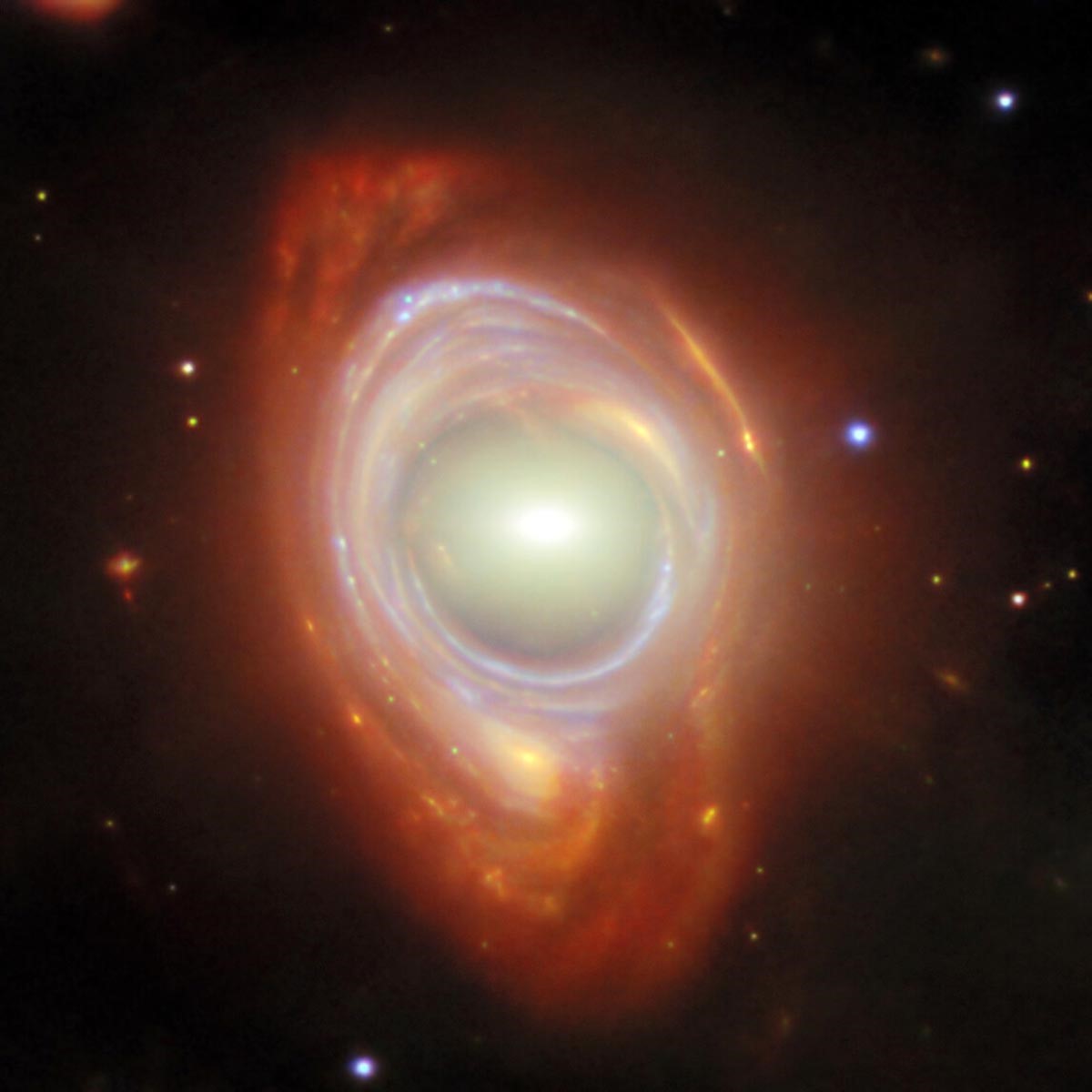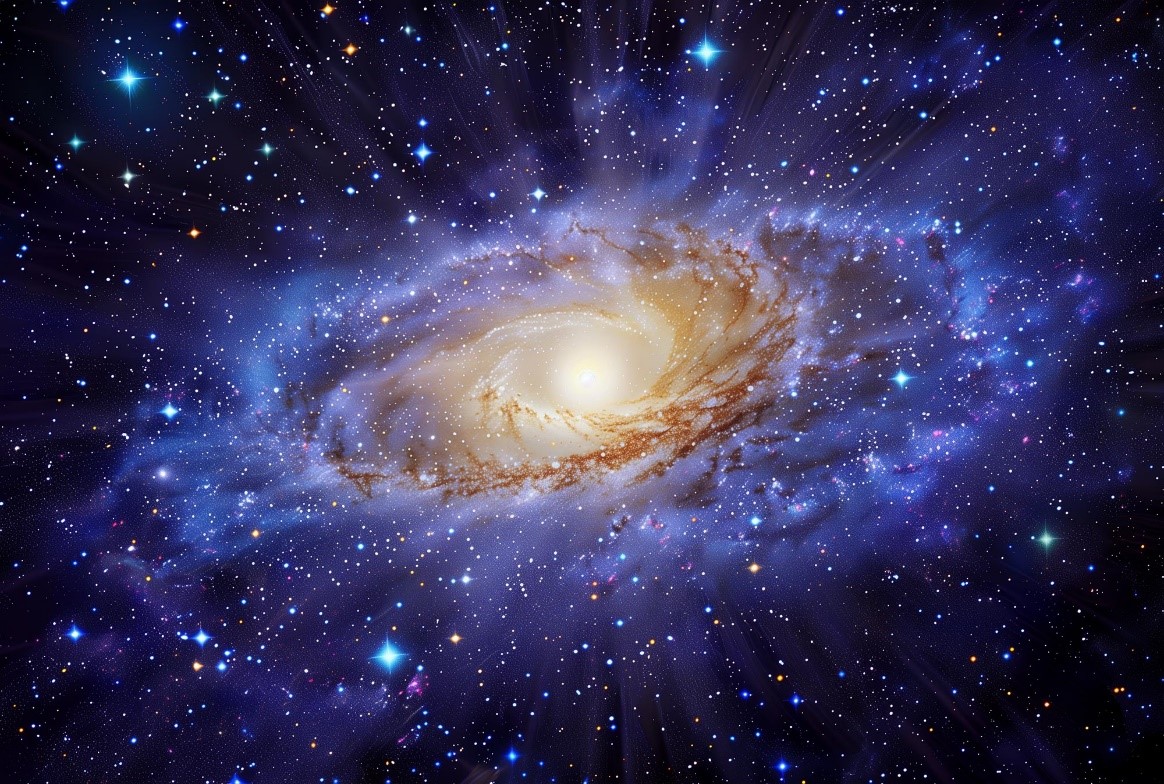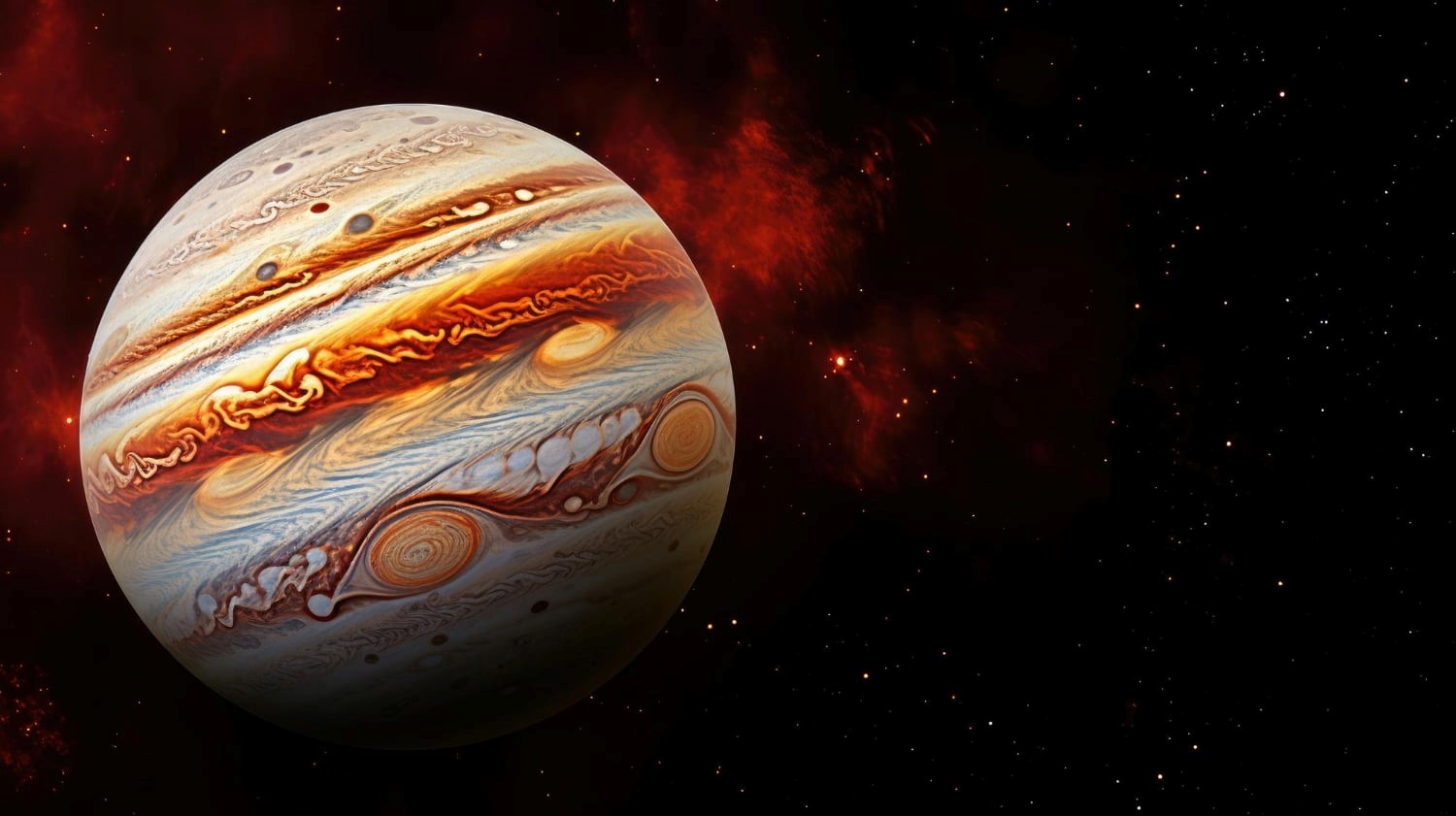How Edwin Hubble Revealed the Universe's True Vastness
A century ago, Edwin Hubble transformed our understanding of the universe by demonstrating that the Milky Way is merely one of countless galaxies in an ever-expanding cosmos. His groundbreaking discovery revealed the immense scale of the universe and its ongoing expansion, reshaping our perspective and fueling our curiosity about the cosmos.
Exploring the Universe Beyond the Milky Way
A century ago, astronomer Edwin Hubble revolutionized our understanding of the cosmos. In January 1925, at a meeting of the American Astronomical Society, a colleague presented a paper on his behalf, asserting that the Andromeda Nebula (M31) was nearly a million light-years away. This placed it well beyond the Milky Way, proving that our galaxy was just one among many.
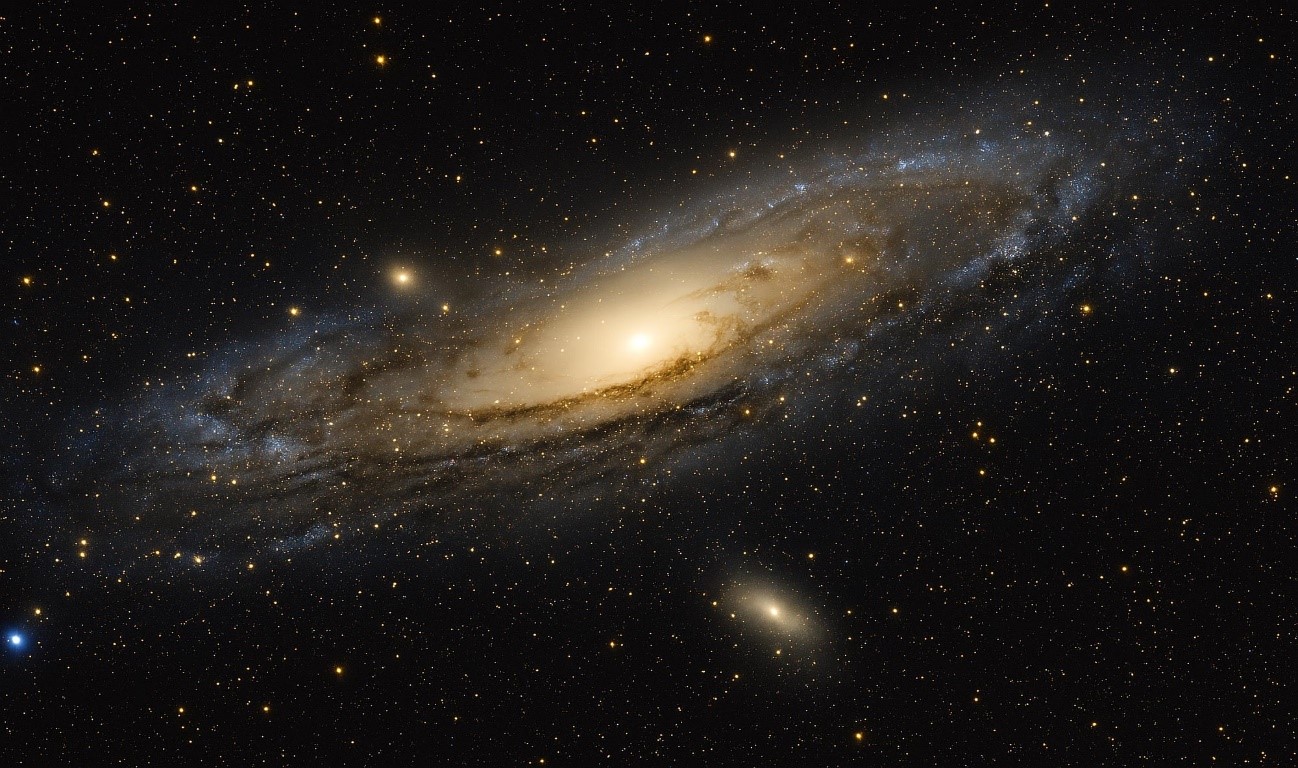
Figure 1. Hubble Redefined the Universe, Unveiling Other Galaxies and Cosmic Expansion
Hubble’s discovery paved the way for exploring galaxies beyond our own. Since then, astronomers like myself have revealed a vast and ever-expanding universe filled with trillions of galaxies, transforming our perspective on space. Figure 1 shows Hubble Redefined the Universe, Unveiling Other Galaxies and Cosmic Expansion.
Exploring the Milky Way and Distant Nebulae
In 1610, Galileo Galilei used the newly invented telescope to reveal that the Milky Way consisted of countless faint stars. For the next three centuries, astronomers believed the Milky Way was the entire universe.
As telescopes improved, astronomers observed mysterious, fuzzy patches of light known as nebulae. By the late 18th century, William Herschel mapped the Milky Way using star counts and cataloged over a thousand nebulae and star clusters, assuming they were all within our galaxy. Around the same time, Charles Messier compiled a catalog of over 100 nebulae, primarily to help comet hunters avoid mistaking them for comets.
By the 19th century, astronomers realized that nebulae varied in nature. Some, like the Orion Nebula (M42), were gaseous star-forming regions, while others, such as the Pleiades (M45), were star clusters. A third category, spiral-structured nebulae, sparked particular interest, with the Andromeda Nebula (M31) standing out as a prominent example, visible to the naked eye from dark locations.
As early as the mid-18th century, astronomers speculated that some nebulae might be distant systems of stars, or "island universes." This idea suggested the existence of vast stellar systems beyond the Milky Way—what we now call galaxies. However, there was no data to confirm this hypothesis.
In 1920, astronomers Harlow Shapley and Heber Curtis engaged in the Great Debate. Shapley argued that spiral nebulae were small and located within the Milky Way, while Curtis took the more radical stance that they were independent galaxies, immense and far away.
At the time, the debate remained unresolved. Today, astronomers understand that galaxies are distinct star systems, separated by vast cosmic distances.
The Great Debate and Hubble’s Revolutionary Discovery
At 30 years old, Edwin Hubble was a young and ambitious astronomer who arrived at Mount Wilson Observatory in Southern California just as the powerful Hooker 100-inch telescope—the world’s largest at the time—became available.
Using this telescope, he captured photographic plates of spiral nebulae. These glass plates, coated with a light-sensitive emulsion, recorded images of the night sky. The telescope’s size enabled it to detect extremely faint objects, while its high-quality mirror allowed Hubble to resolve individual stars within some nebulae.
Estimating distances in astronomy is a difficult task, similar to trying to gauge the distance of someone pointing a flashlight at you on a dark night. Galaxies vary greatly in size and mass, making measures of brightness or apparent size unreliable for estimating their distance.
Hubble took advantage of a key discovery by Henrietta Swan Leavitt, who, working as a "human computer" at the Harvard College Observatory, had studied Cepheid variables—stars whose brightness fluctuates in a regular cycle. Leavitt discovered a relationship between the period of these fluctuations and a star’s intrinsic brightness or luminosity.
By measuring the period of a Cepheid, one can determine its distance using the inverse square law: the farther the star, the dimmer it appears. Hubble diligently photographed spiral nebulae every clear night, searching for Cepheid variables. By the end of 1924, he had identified 12 Cepheids in M31 and calculated its distance to be 900,000 light-years away, though he later realized his estimate was too low. The actual distance was about 2.5 million light-years, a mistake caused by his failure to account for two types of Cepheid variables.
Hubble’s findings put an end to the Great Debate about the Milky Way’s size and the nature of nebulae. He shared his discovery with Harlow Shapley, who had previously argued that the Milky Way was the entire universe. Shapley famously remarked, "Here is the letter that destroyed my universe."
Eager for recognition, Hubble leaked his discovery to The New York Times five weeks before a colleague was scheduled to present his paper at an astronomers' meeting in Washington, D.C.
Revealing the Expanding Universe
Hubble’s second major discovery revolutionized our understanding of the universe. While studying the light from galaxies, he observed a redshift, where light shifted to longer wavelengths. This indicated that galaxies were moving away from the Milky Way, and the farther a galaxy was, the faster it receded. While Hubble took much of the credit for this, Vesto Slipher had also noticed the phenomenon. Hubble referred to galaxies’ recession velocities but didn’t realize they were moving apart due to the expanding universe. It was Georges Lemaitre who made this connection, using general relativity to propose that the universe was expanding, with the Big Bang marking its beginning.
Exploring the Distant Cosmos
NASA named its flagship space observatory in honor of Hubble, and for 35 years, it has been instrumental in studying galaxies. Astronomers now routinely observe galaxies that are thousands of times fainter and farther away than those seen in the 1920s. The James Webb Space Telescope has further expanded these capabilities.
Currently, the most distant galaxy on record is located an astonishing 34 billion light-years away, observed just 200 million years after the Big Bang, when the universe was 20 times smaller than it is today. Edwin Hubble would be astounded by such advancements.
Written by Chris Impey, University Distinguished Professor of Astronomy at the University of Arizona.
Adapted from an article originally published in The Conversation.
Reference:
- https://scitechdaily.com/how-edwin-hubble-proved-the-universe-is-bigger-than-we-thought/
Cite this article:
Janani R (2025), How Edwin Hubble Revealed the Universe's True Vastness, AnaTechMaz, pp.294


